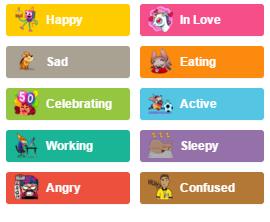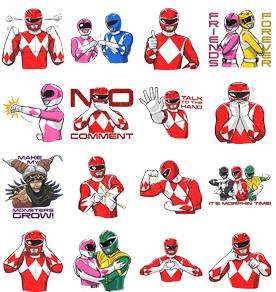Facebook: An Emotional Wreck
93% of our daily communication is nonverbal, leaving only 7% for words. So how can social media be a reliable communication channel when it only conveys 7% of our message?
Lets take a step back and divide the 93% of nonverbal communication into specific elements, 38% of nonverbal communication is sound (tonality, attitude, pitch, volume) and 55% is body language (gestures, hand movements, facial expressions).
On social media, email or even texting, vocal elements have been substituted with hashtags and case changes. For example, if you’re trying to be sarcastic, simply end your post with #sarcasm. Throwing some shade? Add #JKNotReally. And if you think you’re not being heard scream your thoughts out LOUD by using capital cases and add as many exclamation marks as YOU CAN!!!!!!!!!!!!!
Gestures? That’s what emoticons are for. Not enough? Well, you have over 150 sets of stickers to choose from, including our personal favorite, the Power Rangers set. To make your life easier, you can filter them through the different emotions you’d like to express.


Conversations are being limited to 140 characters; you can technically have a full conversation using emoticons and hashtags, try it. You can even tweet your pizza order to Domino’s with a pizza emoticon.

Not all conversations have diminished, we still write comments when the like button is not enough… oh wait, Facebook, WHAT HAVE YOU DONE? Facebook just rolled out ‘reactions’ so you don’t even have to type.

So what does this mean for brands who use social media as an engagement tool? Social media is one of the leading consumer research tools and brands that listen to their customers and adapt their products and businesses through their customers’ feedback have seen great success. Can brands adapt their strategies to follow the nonverbal movement? Only future software updates can tell us that.







